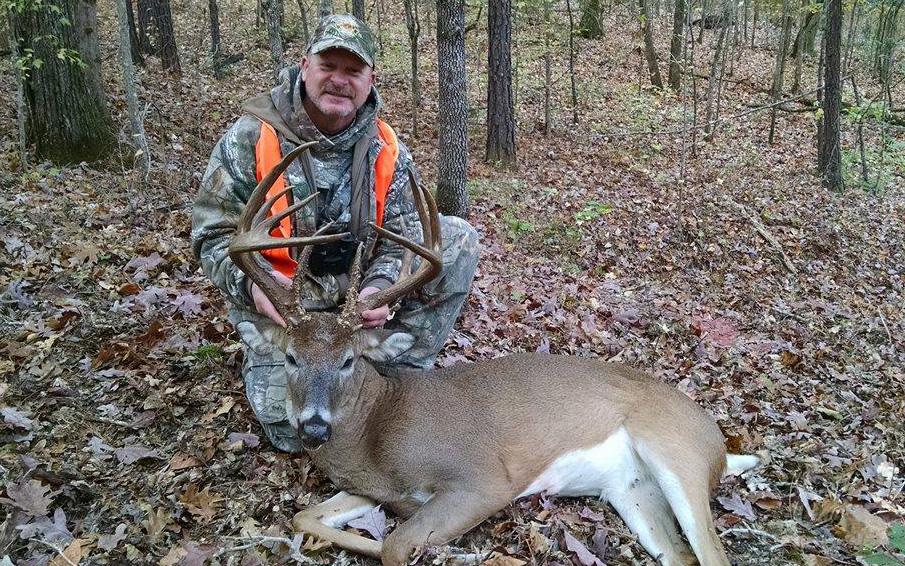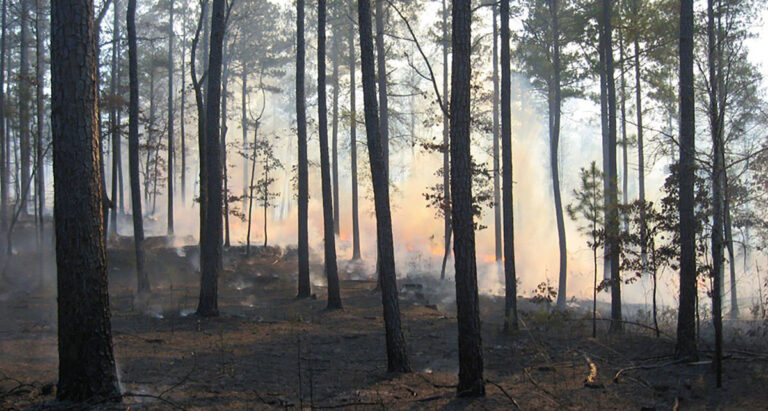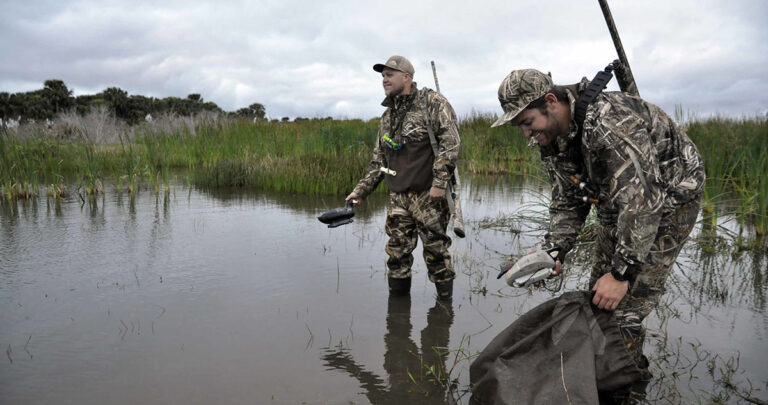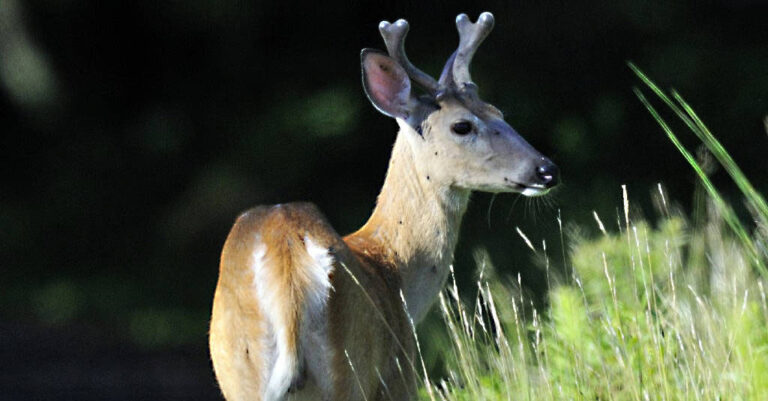5 Reasons You’re Not Filling Your Public Land Buck Tag
The Georgia deer season is now in full swing, and hunters across the state will be heading to their favorite public land destinations. Will it be another season full of regret and unfilled deer tags? Or have you finally taken the necessary steps to ensure a trip to the local taxidermist?
Regardless of what you have or haven’t done up to this point, it’s not too late to take the necessary steps to tip the odds in your favor this season. Let’s look at five common mistakes public land deer hunters make and how you can avoid each this fall.
1. You Hunt the Wrong Areas
As a former public lands manager and current public lands hunter, one of the most common mistakes I see hunters make is focusing too much time on the “obvious” spots. These places look great, have a lot of deer sign, and would probably be the perfect place to hang a stand if it was low-pressured private land. I’m talking about those easy-access field edges, mature white oak ridges, or any area with loads of deer sign close to vehicle access.
These places are hard to bypass because they look just like the ones you read about in magazines or see on outdoor television. I spent several disappointing years focusing my efforts on these types of areas before finally realizing everyone else hunting the property had the same strategy.
To see just how deer hunters utilize public lands, researchers with Penn State University conducted aerial surveys to look at hunter distribution on a 114,000-acre section of Pennsylvania’s Sproul State Forest during the state’s firearms deer season.
What they found was that 87 percent of hunters observed were hunting within 1/3 mile of an access road. They also discovered that an area was 1.5 times less likely to be hunted for each 5-degree increase in slope.
Let’s face it, most deer hunters like to hunt within an easy drag of their truck. Want to beat the public-land pressure? Get more than 1/3 mile from the road, and the steeper the ground and thicker the vegetation, the better. Not only will you be less likely to see another hunter, but you’ll be much more likely to see deer.
2. You Hunt the Wrong Days
I think it’s safe to say that for most public lands, hunting pressure is highest on the weekend. But just what affect does that influx of hunting pressure have on the deer?
Researchers with Auburn University conducted two separate studies looking at just that. What they found was interesting, though not surprising. As hunters began arriving on Fridays, deer started shifting a higher proportion of their movement to night. That trend would continue through the weekend and into the start of the work week, before the deer slowly returned to their normal travel patterns by Thursday and Friday.
The take-home message here is not necessarily to hunt Thursdays and Fridays, but to focus on times after peak pressure when deer have had a few days to settle down. I realize not everyone has the luxury to hunt weekdays, but at least save a few vacation or sick days for the peak of the rut.
3. You Don’t Do Your Research
Most successful public land hunts start well before opening day of deer season. Before ever stepping foot on a new piece of public land, you should spend some time in front of the computer studying aerial photos and topo maps of the area.
Start by locating access roads and parking areas. Knowing that most hunters won’t venture more than 1/3 of a mile from their vehicle should allow you to eliminate quite a bit of ground right off the bat.
Focusing on the remaining property, highlight potential bedding and feeding areas, as well as any pinch-points or funnels that may be worth checking out. This map will be instrumental in your actual on-the-ground scouting.
4. You Don’t Call the Experts
In my 10 years of working on high-pressured public lands, I was amazed at how few hunters took time to stop by or call our office for advice. Not that I could have — or would have — told them exactly where to go to kill a mature buck. But I could certainly share information on hunting pressure, habitat types, food sources, and harvest data.
If they were really nice, I would occasionally even point out some areas where we had seen or photographed a good buck. So don’t skip this step.
Who you’ll need to contact will vary depending on the state and agency that manages the property. I like to start with the area manager if one exists. Their title may vary, but I’m looking for the person who spends the majority of their work hours taking care of the property.
Another potential call would be to the biologist who oversees that area or region, followed by the conservation officer assigned to that county or area. Since those officers are the ones patrolling the property and interacting with hunters, they can be a wealth of information.
5. You Don’t Spend Enough Time Scouting
Virtual scouting and phone conversations are great, but ultimately you will need to spend time in the area scouting. If you’ve done your homework, though, this process will be much easier.
With your map of potential hunting areas, it’s time to get in the field and learn as much as you can about the locations you’ve identified. Start by checking out the bedding areas, food sources and any natural funnels you identified while cyber-scouting.
You’ll also want to keep an eye out for trails, old rubs and possibly even some old scrapes, depending on the time of year. The earlier in the year you can do your in-the-field scouting, the better.
My final scouting preparations involve putting out trail-cameras in those areas that show the most promise. I realize some folks aren’t comfortable running trail-cameras on public lands, but to me, the intel I get outweighs the risk.
For public lands, I typically buy cheap cameras (ones I find on clearance), use python locks, and I use a climbing stick to get the cameras 10 to 12 feet off the ground. Can they still get stolen? Absolutely. But they can get stolen anywhere these days.
Don’t let another season pass by with unfilled tags and regrets. Putting a tag on a public land buck can be tough, but it’s certainly not impossible.
Focus your efforts on overcoming the five common public land hunting mistakes covered in this article, and you should see less hunters and more deer. It will be just what you need to improve your odds of tagging a mature public land buck this season.
This article originally appeared on Realtree at this link.








No 1 reason not filling public land tags is not wanting to get shot by idiots who come into the woods a couple of times per year and with zero knowledge of hunting, hunter ettiquitte, or hunter safety!!! Mostly city slicker yahoos!!!